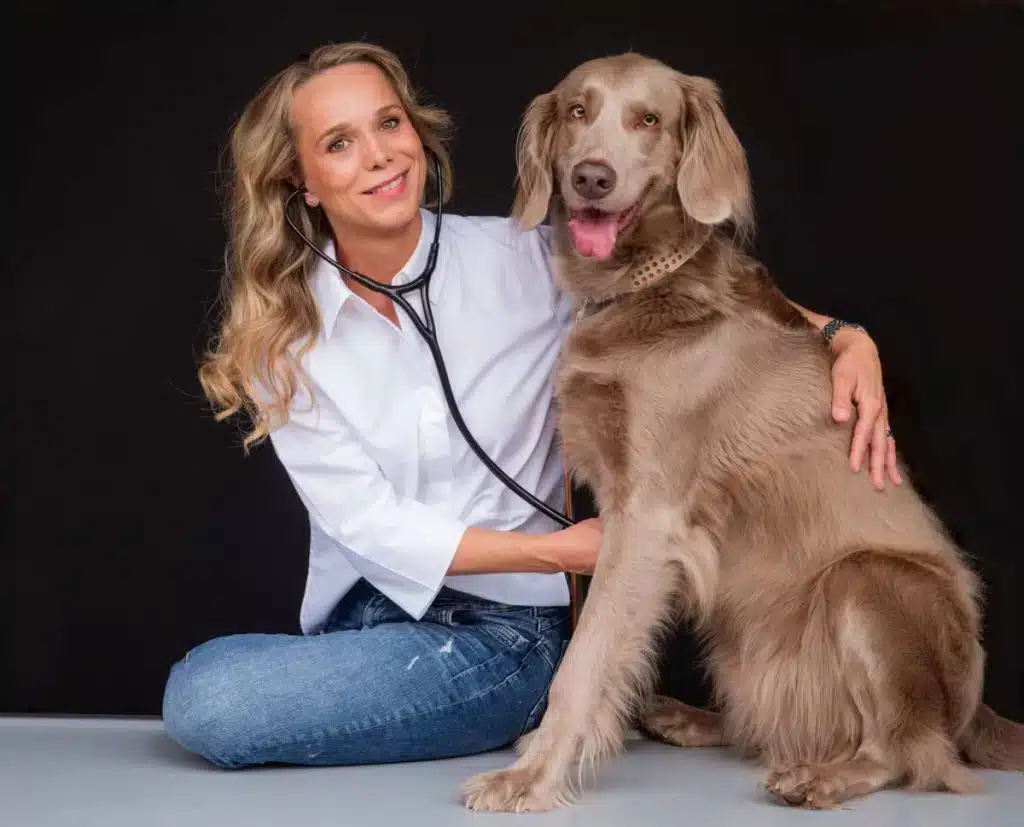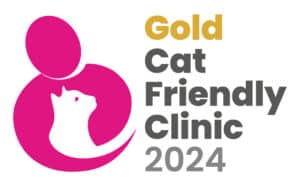Welcome to the Karlsruhe Veterinarian | Arnd Small Animal Center t!

Top veterinary practice
Veterinarian Karlsruhe Durlach
2021/ 2022/ 2023/2024 in Karlsruhe according to Focus .

The Arndt Small Animal Center | Veterinarian Karlsruhe has been recognized as a cat friendly clinic and has been certified with the gold standard .
Accessibility / emergency service
Which veterinarian has emergency service near Karlsruhe today?
You can reach the Karlsruhe emergency veterinary service at the Arndt Small Animal Center in Karlsruhe Durlach /
Karlsruhe Veterinarian with a veterinary clinic-like operation
daily (365 days) from 7 a.m. to 10 p.m. in emergencies
(please always call beforehand)
under
Tel. 0721 750 88610
Address:
Arndt Small Animal Center |
Veterinarian Karlsruhe Bergwaldstr.
30 76227 Karlsruhe
We are there with heart and mind for your loved one during the following office hours:
Mon-Fri 8 a.m. - 12 p.m. & 1 p.m. - 7 p.m
Sat 9 a.m. to 12 p.m
(outside these normal office hours we have emergency service with the corresponding surcharges according to the GOT)
Services
- General examination and treatment of dogs, cats, rabbits, guinea pigs and smaller rodents and ferrets
- Computed tomography (CT) especially for small animals and pets (low radiation and high resolution)
- Vaccinations for dogs, cats, rabbits etc.
- Health certificates and advice on trips abroad
- Nutritional advice for puppies, overweight animals and rodents, but also for certain illnesses (food allergy, diabetes mellitus, kidney and liver diseases)
- Cruciate ligament rupture dog / cruciate ligament rupture cat with TPLO, ZLIg, TTA-Rapid
- Soft tissue and bone surgery (osteosynthesis)
- Acupuncture in animals
- Dental care
- Pick-up and delivery service by prior arrangement
- Electronic identification (microchip)
Languages
The staff at Veterinarian in Karlsruhe all speak German and English . In addition, our employees can speak the following languages (at a native speaker level): Persian , French , Korean, Croatian , Luxembourgish , Portuguese Romanian , Russian , , Ukrainian
If you would like to speak to a member of staff in this language, please point this out at the reception of Veterinarian Karlsruhe when making the appointment.
Here you can find the assignment to the language skills: Team with language skills
Cruciate ligament replacement for dogs
With the development of new materials in medical technology, it is now possible to give dogs / cats a surgical method that is considered state of the art for humans because it best replicates the animal's natural anatomy and, in contrast to TPLO / TTA, does not have any stressful changes to the bones.
After much preparatory work by Dr. Jacques.Pillipe Laboureau developed a synthetic band for intra-articular cruciate ligament replacement in small animals.
Using a tunnel technique, the Novalig ® Petlig Method ® that we have further developed . The braided extra-articular portions of the ligaments are anchored in femoral and tibial bone tunnels by cannulated titanium interference screws. Veterinarian Karlsruhe offers one of the most modern procedures for the problem of cruciate ligament tears in heavy dogs.
Our catchment area:
Veterinarian Karlsruhe Mühlburger Tor, Veterinarian Karlsruhe Südstadt, Veterinarian Karlsruhe Hagsfeld, Veterinarian Karlsruhe Daxlanden, Veterinarian Karlsruhe Weststadt, Veterinarian
Ettlingen , Veterinarian Linkenheim-Hochstetten , Veterinarian Karlsruhe-Durlach
The question often arises for many of you:
Which vet has emergency service near Karlsruhe ?
Which vet has emergency service near Rastatt ?
Which vet has emergency service in Pforzheim ?
We are available for emergencies 365 days a year from 7 a.m. to 10 p.m.!
Customer opinions
[brb_collection id="2550"]
